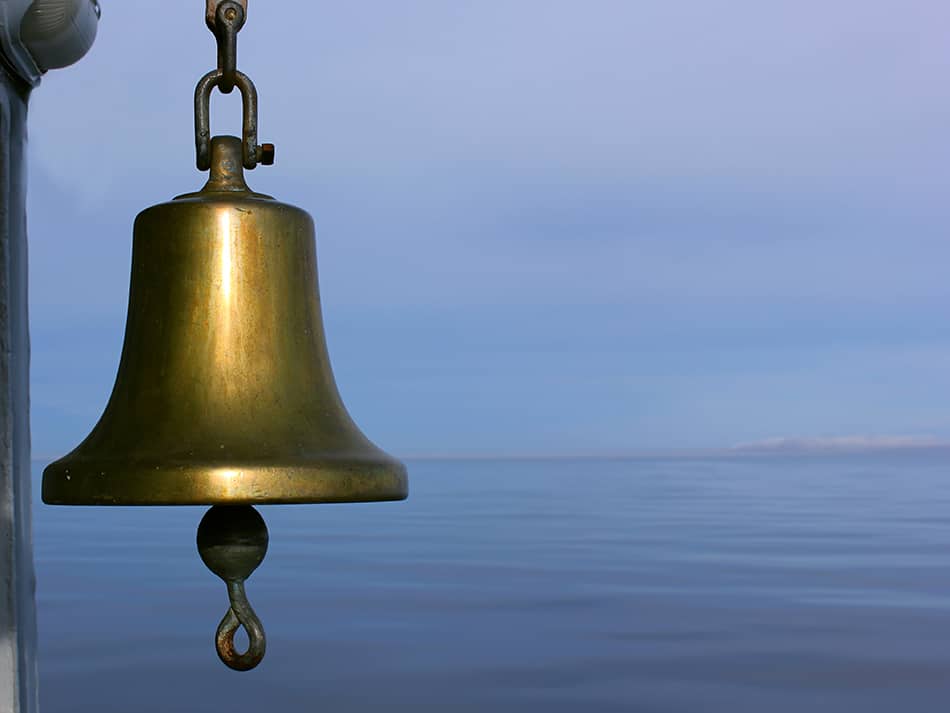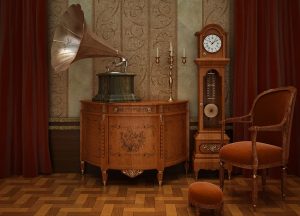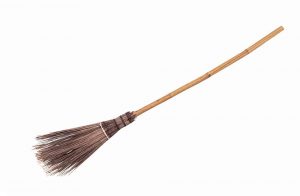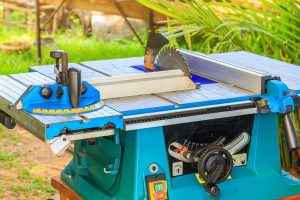A bell is a type of percussion instrument which is struck directly, and this causes the bell to make a single strike note. There are many different types of bells with different uses, some of which have a suspended clapper that hits the side of the bell to make a sound, and some can be hit externally with a錘子. Some types of bells can have small metal balls enclosed within the outer bell casing, which strike the sides of the bell when shaken to make a chiming sound.
In the western world, the most prominent types of bells are church bells or tower bells. These are typically large cup-shaped bells that are hung or mounted within a tower, and they can be struck using various methods. Tower bells are traditionally cast from a type of bronze known as ‘bell metal’. Other bells might also be made from glass, ceramics, or different types of metal. Tower bells or church bells can be heard on various occasions, and these differ from location to location. Manychurches將在慶祝活動中聽起來他們的鍾聲,例如在婚禮期間,其他人可能會在葬禮或哀悼時創造沉悶的鳴叫。有些鍾聲鍾表每小時地標記時間的流逝,而其他人每天都在一套時間敲響。
我們將說明的圖表放在下麵的鈴鐺的解剖圖。
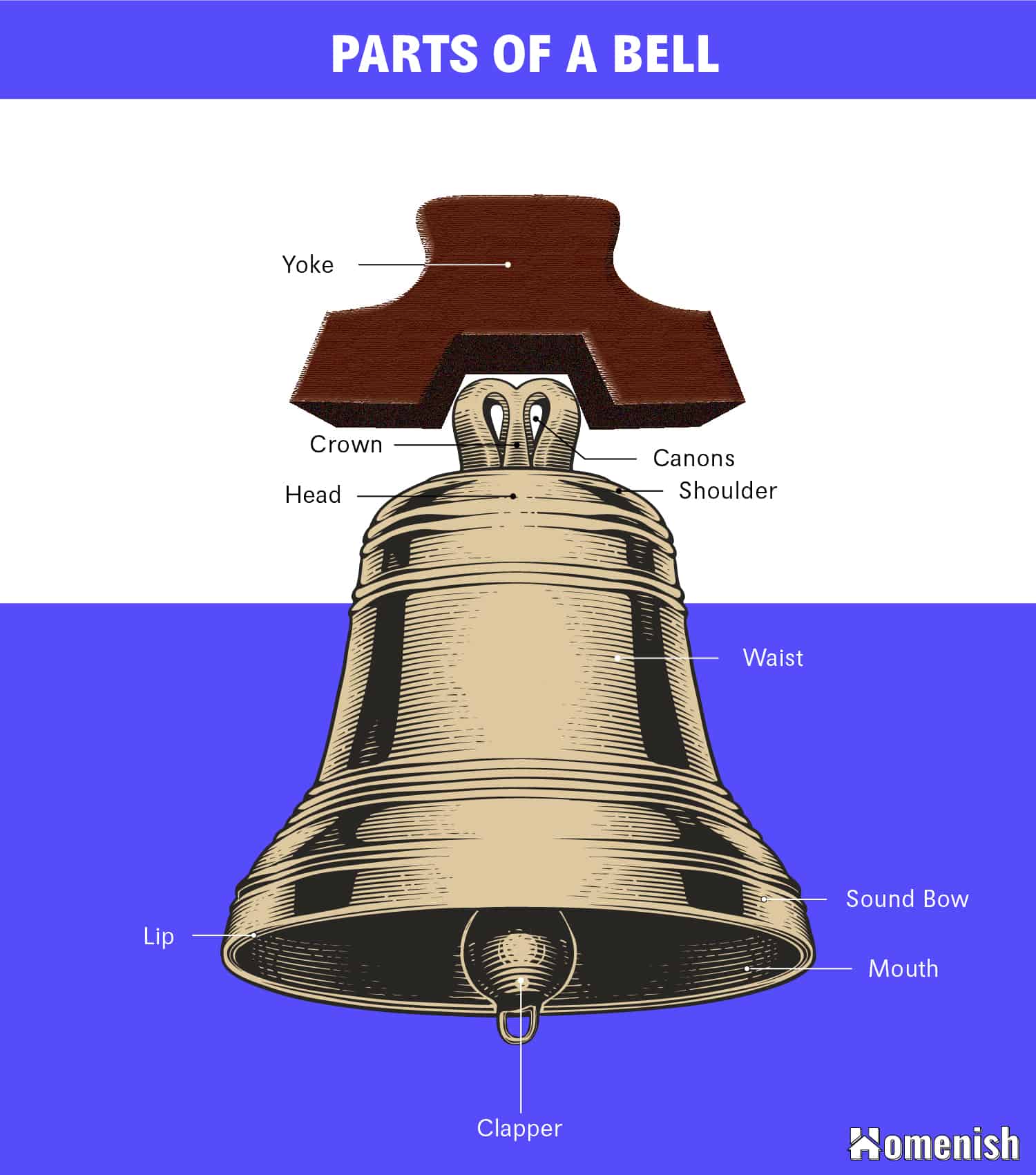
鈴鐺的詳細部分
Yoke
鍾聲軛,也稱為籃板,通常是圓形的木材或金屬鍾形狀或固定在上麵。在鍾塔中,鍾聲從一側移動到側麵以產生擺動動作,這是它使鍾形環的振動。傳統上,鈴聲軛將由實心橡木製成。由於自然幹燥過程,木製軛會隨著時間的推移而縮小,這可能導致鈴鐺鬆動。應該每年保持木製軛,以確保鍾鍾固定到位。
Canons
Bell canons are metal loops on the top of the bell, which are used to attach the bell to the yoke. The strongest and most long-lasting bells will have canons that are cast as part of the bell, with one solid piece of metal. Canons which have been riveted or welded onto the bell after the fact are more likely to come loose or break down.
Head
The head of a bell is the central part of the very top surface of the bell. The canons are fitted to the head of the bell.
Crown
The crown of a bell surrounds the head of the bell and is the part that wraps itself around the upper top edge of the bell.
Shoulder
The shoulder of the bell sits below the crown and above the waist.
Waist
The waist of a bell is the middle section of the bell. Typically this part of the bell will have a gently flared shape that gets wider towards the bottom.
聲弓
貝爾的這一部分被稱為聲弓,因為它是拍攝者撞擊並導致鍾聲的區域。它是鈴鐺的較厚部分,位於底座上。聲音弓的質量可能對鍾聲的聲音產生大的影響。
Lip
The lip of a bell is the lower outermost edge of the bell. This part of the bell can also be struck, and it will achieve a different sound to when the sound bow is struck.
嘴
The mouth of the bell is located along the inner bottom edge of the bell. This is easy to remember because it is inside the lips of the bell.
梆子
鍾罩是鍾內的懸掛式前鋒,從鍾的上部中心部分懸掛。夾具通常由金屬製成,並且可以在鍾內自由擺動。夾具內的運動在鍾內的運動導致它擊中鍾的側麵,這是它使閃亮聲音的聲音。
This can be achieved by manually ringing the bell to cause the movement of the clapper, or for swinging bells the yoke will swing back and forth and the momentum will cause the clapper to knock against the sides of the bell. Good clappers will be fitted in a way that ensures they reliably hit the soundbar each and every time.
隨著年齡的佩戴或畸形的一些特拉珀可能導致鈴聲損壞,因此需要經常檢查,並且在某些情況下更換。如果鍾表患有鍾表口的裂縫,這可以表明夾具由過於硬或重的材料製成。
著名的貝爾斯:
- Sigismund:This bell is situated in Wawel Cathedral in Kraków, Poland, and weighs 12 tonnes. It was cast in 1520, and can only be heard ringing during events of great national significance.
- Big Ben:This is the bell for the Great Clock located in the Elizabeth Tower at the Houses of Parliament in London. It chimes on the hour, every hour.
- Tsar Bell:This remains the largest existing bell, at 160 tons. It has never been rung and is kept on display inside the Kremlin in Moscow, Russia.
- 自由貝爾:This is an iconic bell symbolizing American independence. It is located in Philadelphia, Pennsylvania, in the Liberty Bell Center.
- Great Mingun Bell:This bell has held the title of the largest functioning bell in the world on several occasions, but currently takes second place. It weighs 90 tons and is located in the Sagaing Region of Myanmar. It does not have a clapper and is rung be being struck on the outer lip.
- Bell of Good Luck:This is the reigning largest functioning bell in the world, at 105 tons. It was cast in December of the year 2000, and resides in the Foquan Temple, China.
